University of Wisconsin-Madison engineers have created a nanoscale device that can emit light as powerfully as an object 10,000 times its size. It’s an advance that could have huge implications for everything from photography to solar power.
Category: energy

Electric Vehicles Go the Distance with Fast Charging — By Reed McManus | Sierra Magazine
I’M driving 550 miles in three days, all by myself, mainly for the fun of it—and I’m not an environmental villain. Behind the wheel of a borrowed bright-red electric Tesla Model S, I click off the miles as I head south from the San Francisco Bay Area on Interstate 5 through California’s San Joaquin Valley, feeling virtuous because my tailpipe spews no pollution.
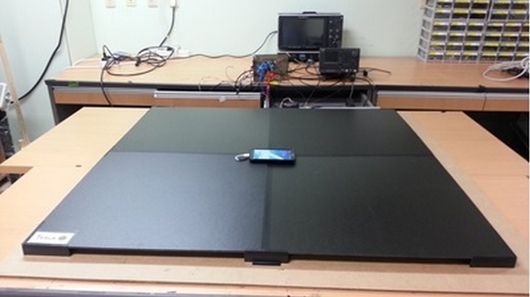
New wireless power tech can charge multiple devices in any orientation
#Handy New Wireless Charger Can Simultaneously Power 30 Mobile Phones at Distance.
Scientists at the Korea Advanced Institute of Science and Technology (KAIST) have developed an omnidirectional wireless charging technology that can charge multiple devices at once, at a distance and, crucially, at peak efficiency regardless of which way the devices are facing.
An effective wireless transmitting power of 30 watts means the device can, according to the researchers, power either 30 smartphones or five laptops simultaneously.
The results were published in last month’s issue of the journal IEEE Transactions on Power Electronics, and a spinoff company is now conducting pilot studies to apply this technology in cafes and offices.

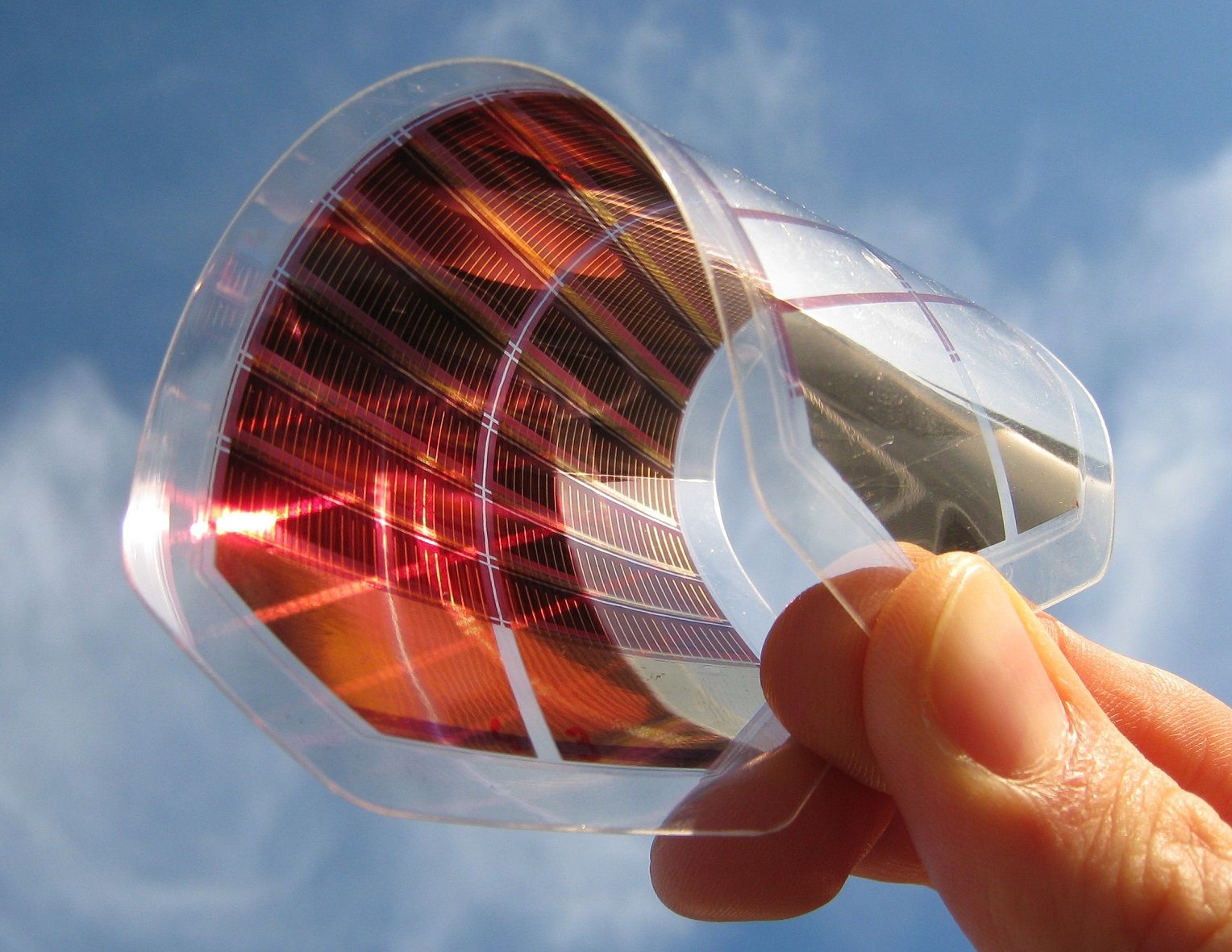
Paper-thin printed solar cells could provide power for 1.3 billion people
Thanks to inexpensive printed solar cells, 1.3 billion people currently without electricity may be able to plug in for the first time.
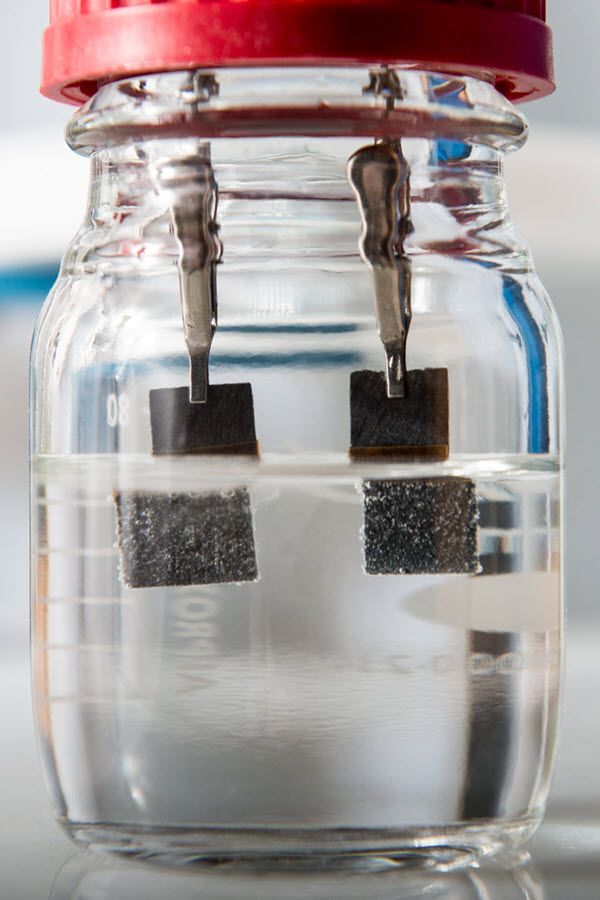
Water splitter produces clean-burning hydrogen fuel 24/7
Unlike conventional water splitters, the Stanford device uses a single low-cost catalyst to generate hydrogen on one electrode and oxygen on the other (credit: L.A. Cicero/Stanford University)
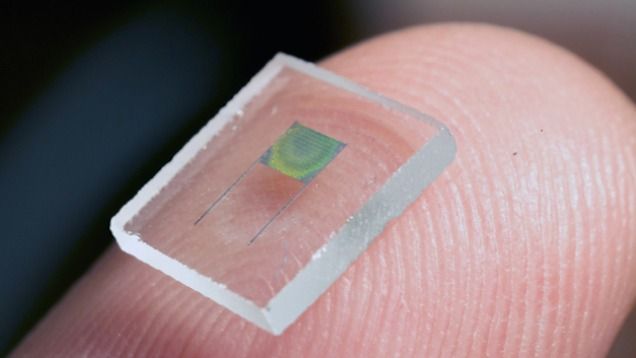

Dwarf Galaxies Loom Large in Quest for Dark Matter
“In its inaugural year of observations, the Dark Energy Survey has already turned up at least eight objects that look to be new satellite dwarf galaxies of the Milky Way.”
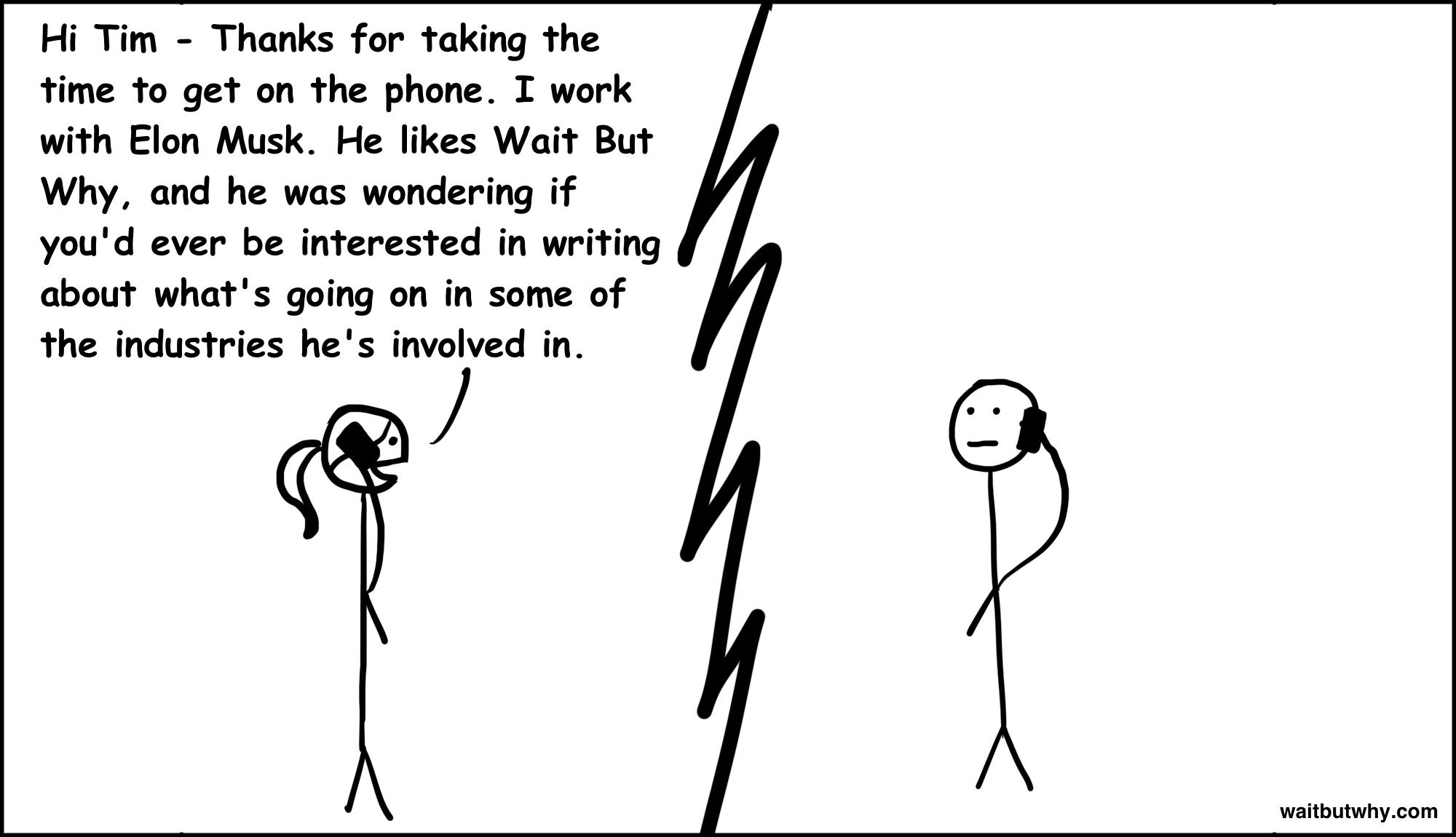
Elon Musk: The World’s Raddest Man By Tim Urban | Wait But Why
Tim Urban, of Wait But Why, recently received a phone call from Elon Musk’s staff asking if he would like to write about the automotive, aerospace, and solar power industries through personal interviews with Elon Musk and his teams. Tim Urban said yes, and the first three of essays / articles are already posted on his site.

Beyond cutting edge: Fusion energy’s front-runners
Fusion power sounds like an elusive, science-fiction dream, but billions of dollars in investment are pouring into it, according to OilPrice.com.